Possibility of medicine that artificial 'basket' smaller than viruses carrying drugs to the affected area carries drugs

Structures have been created that can pack drugs such as anticancer drugs into extremely small "baskets" made of silica and which can safely deliver medicines to the affected areas that could not be delivered by conventional techniques.
Self-assembly of highly symmetrical, ultrasmall inorganic cages directed by surfactant micelles | Nature
https://www.nature.com/articles/s41586-018-0221-0
This research is being promoted by an American scientists team and has the potential to deliver drugs to the body without causing side effects of the human body. The following movie explains how small this basket is and how it is produced.
How to build a nanocage: Self-assembling silica - YouTube
The silica basket produced by the team of scientists is a very small structure with a diameter of about 11.8 nanometers. It is a dodecahedron consisting of 30 sides and 20 vertices.
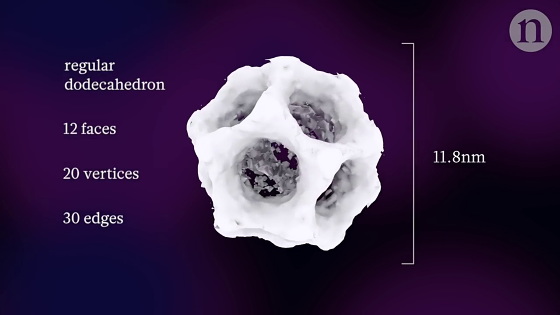
To realize that smallness, we first prepared crystals of salt. 300 micrometers (0.3 mm) and very small salt crystals are indicated by arrows to the left of the silica basket .... but not red blood cells in the blood.
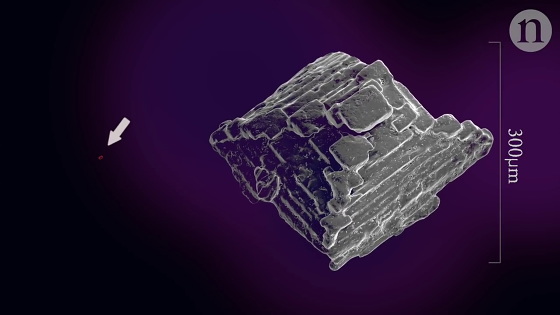
Furthermore, the HIV virus (left) is smaller than its red blood cell (right).
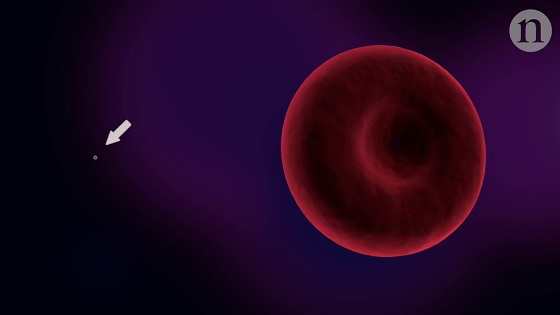
The silica basket is only about a tenth of the size of this HIV virus.

When it comes to this size, it is impossible to produce using a machine. So the team of scientists devised a method to create this structure in a different way.

In order to create a three-dimensional structure of extremely small size, the scientific team first prepared materials that become "molds".

What is used is "soap" which is a salt of high fatty acid. By attaching silica to the surface of the small mass " micelle " made by the surfactant soap, it creates nanoscale structures.

Conceptual diagram of micelles formed in solvent. The size is said to be precisely controlled by scientists.

When micelles are made, inject silica that is the material of the basket.
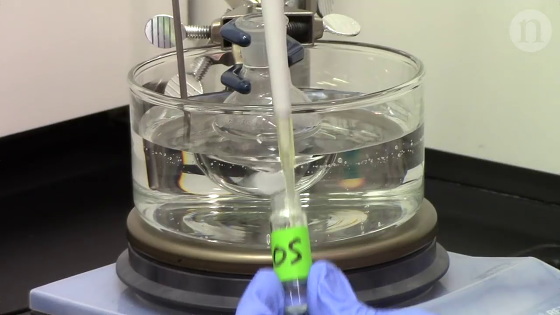
Then, negatively charged silica is attracted to positively charged micelles.
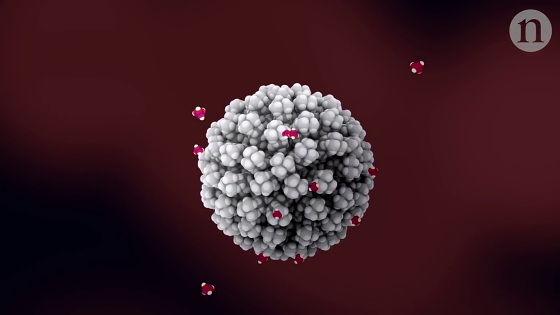
As time passes, a regular icosahedral structure of silica is formed on the surface of the micelle. After that, washing away the soap "mold" or incinerating it will leave only the basket.
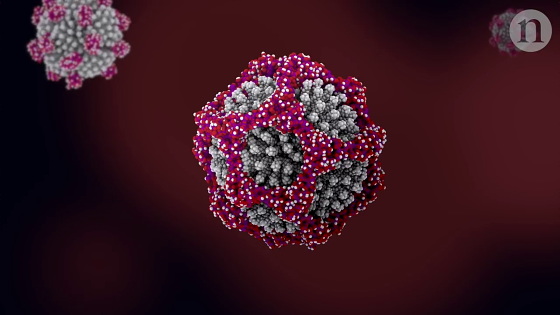
However, because the size is too small, it is not easy to confirm the actual appearance. Therefore, the team of scientists confirmed the actual state using a low-temperature electron microscope that observes the substance with cryogenic temperature.
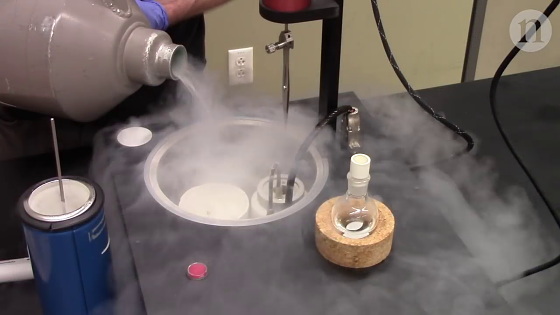
In this way, I took about 2000 photos ... ...
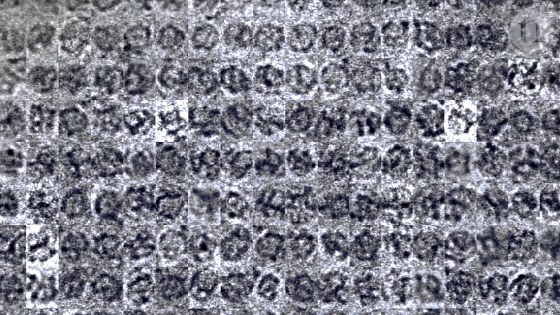
The appearance which came to mind by 3D analysis using a computer is such a dodecahedral silica basket.
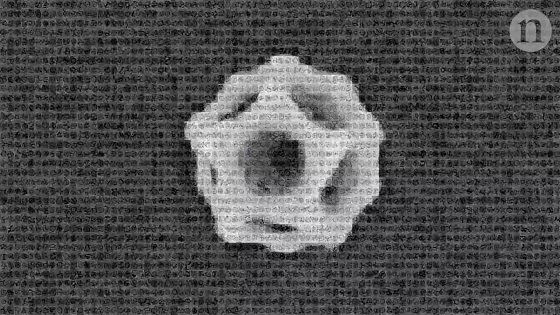
In the future, research to advance drugs such as anticancer drugs into this basket and deliver it to the necessary part is planned. When it is done, it is released to the outside of the body together with urine, so there is a possibility that it will be a treatment method which does not cause side effects, but it is expected to take a little more time to realize that.
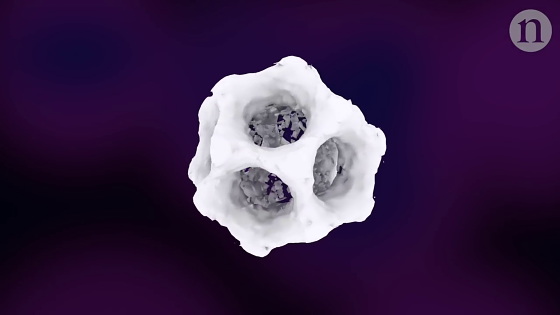
Related Posts:







